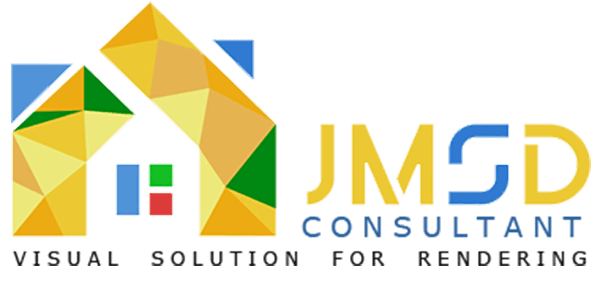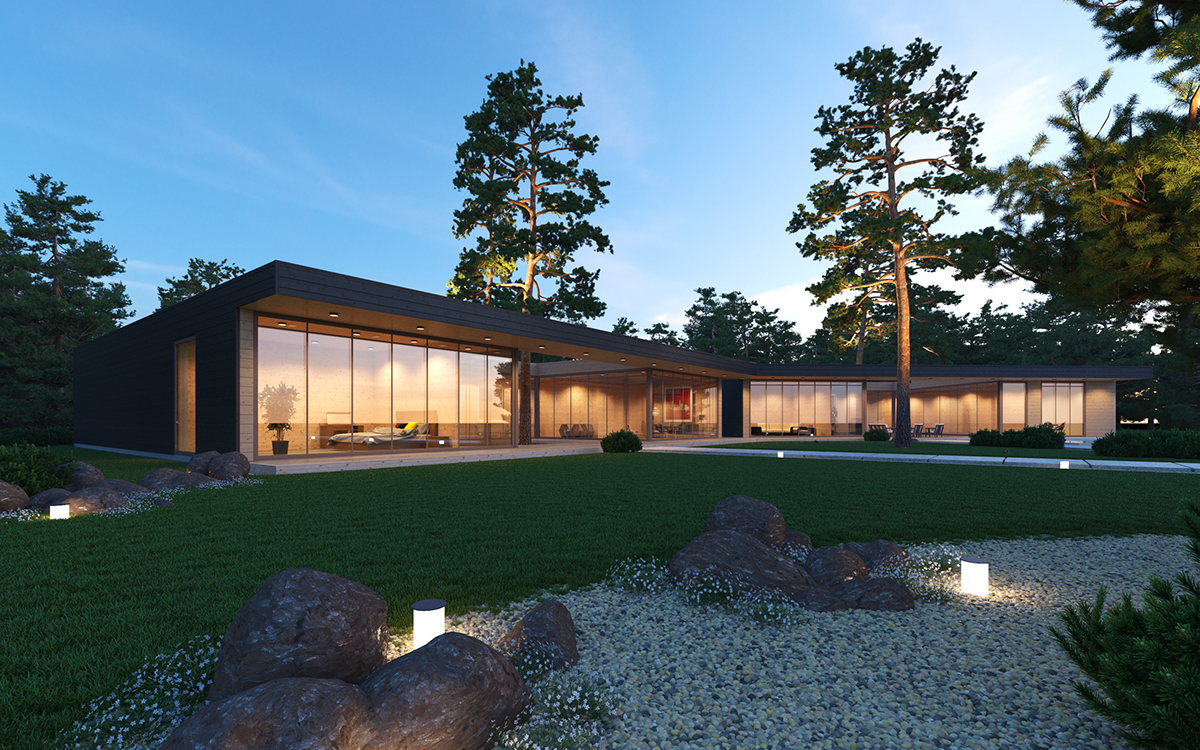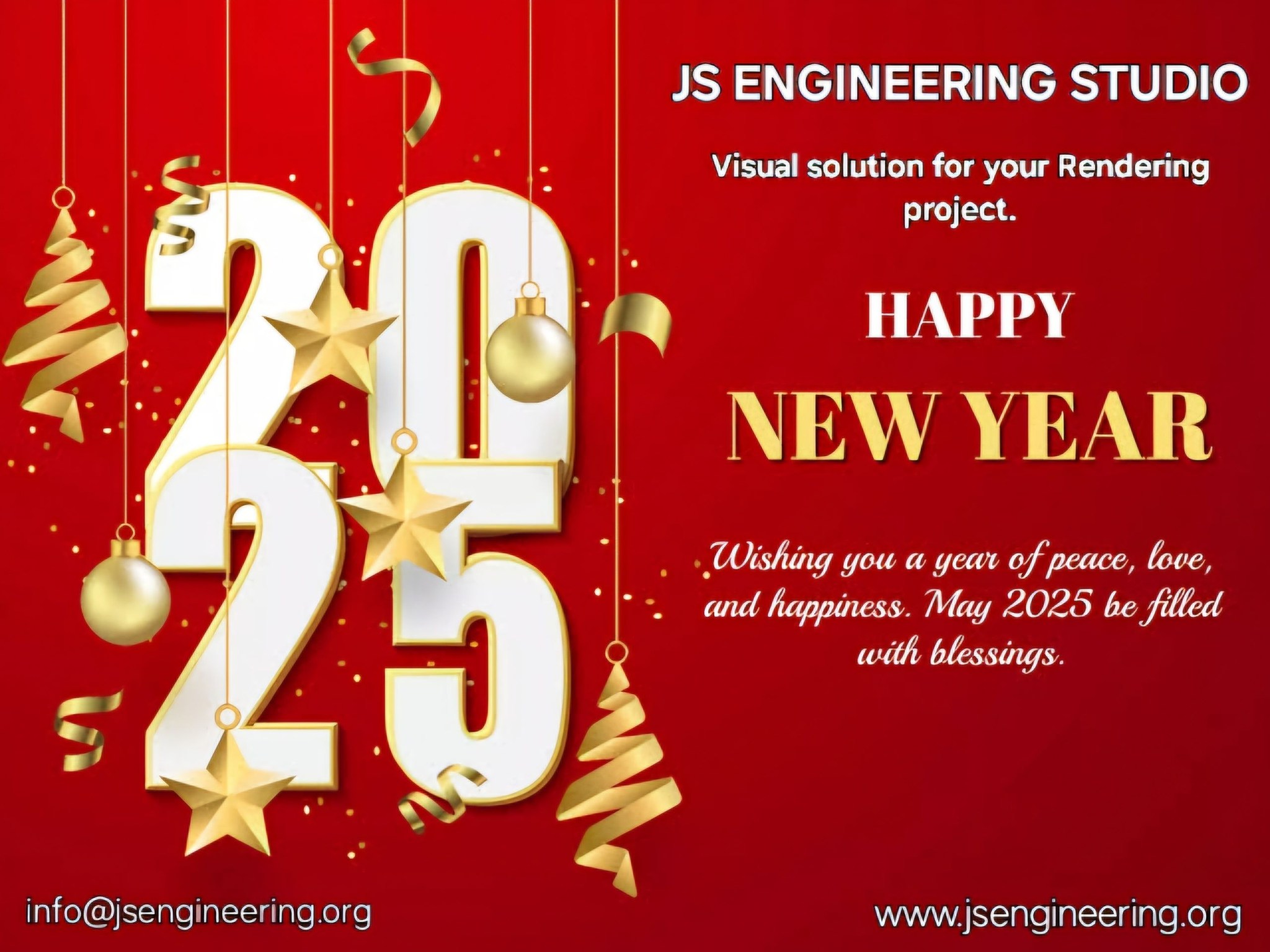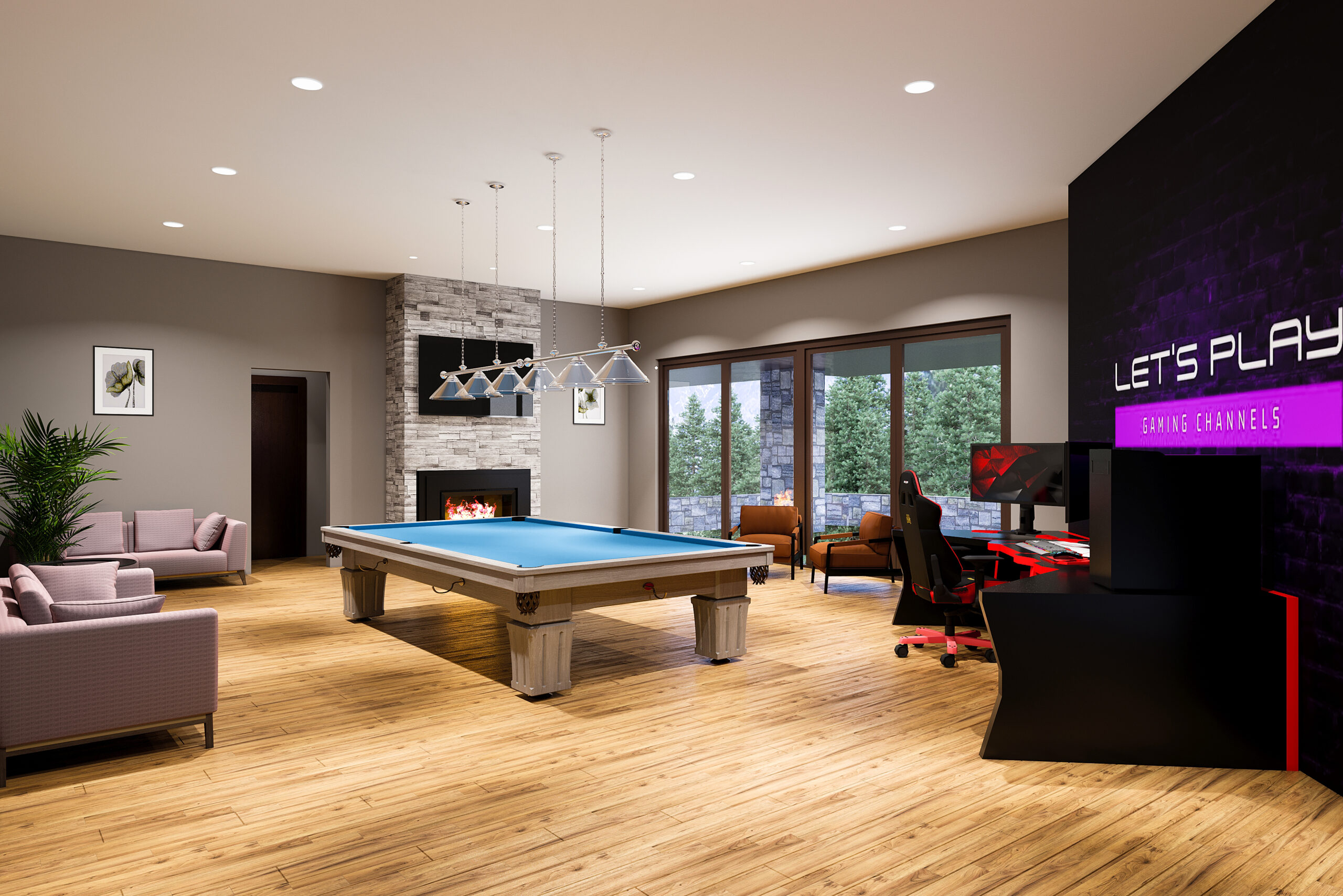Atmospheric Rendering for Your Visualization with the Right Mood by Choosing Weather and Season
Atmospheric Rendering for Your Visualization may now achieve near-perfect levels of realism with the correct tools, technical aptitude, and an eye for detail.
When creating architectural exterior renderings, choosing the right season, weather, and mood is critical to conveying the intended atmosphere, highlighting design features, and engaging potential clients. These elements work together to evoke emotions and make the renderings more appealing and realistic.
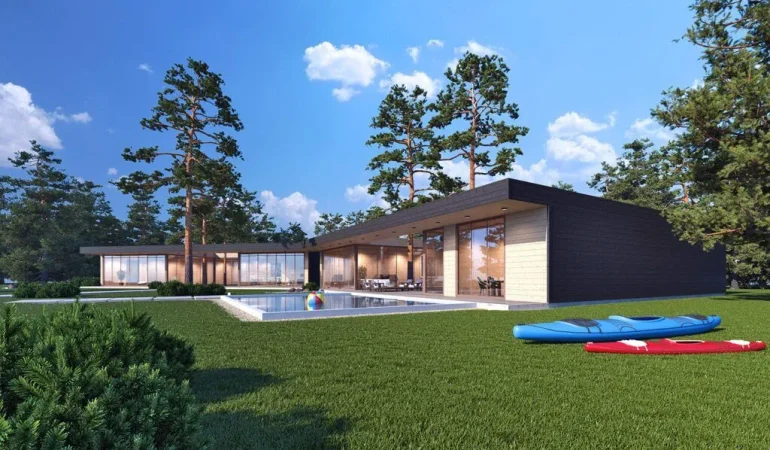
To demonstrate the different looks you can achieve with CGI, our architectural visualization studio has prepared some examples. These clearly show how different settings can create different atmospheres and make your renderings more impressive. Our 3D rendering specialists also offer advice on which options will be most beneficial for you. Check them out!
These atmospheric 3D Exterior Renderings are suitable for clients who want to imagine how impressive their outdoor facilities and outdoor areas will look as the weather changes.
Here’s a guide to Atmospheric Rendering: Fill Your CGI with the Right Mood by Choosing Weather and Season
#1. Seasonal Considerations :
The season you choose for an exterior rendering impacts the overall tone and appeal. Each season offers unique opportunities to highlight different aspects of a building.
Spring :
Visual Elements: Lush greenery, blossoming flowers, clear skies.
Mood: Fresh, rejuvenating, and vibrant.
When to Use: Spring is ideal for residential developments, parks, and nature-focused designs. It adds a sense of renewal, growth, and optimism. The bright, soft light and colorful surroundings make homes or offices appear welcoming.
Key Features: Showcasing landscaped gardens, outdoor amenities, or integrating eco-friendly designs with green surroundings.
Summer :
Visual Elements: Bright sunlight, clear skies, vibrant greenery.
Mood: Warm, lively, and energetic.
When to Use: Summer renderings are great for commercial and recreational spaces like resorts, restaurants, and beach houses. The full sunlight emphasizes clean lines and architectural details while creating a cheerful, active atmosphere.
Key Features: Pools, terraces, balconies, and other outdoor living spaces shine under direct summer light, highlighting their use in leisure activities.
Autumn (Fall) :
Visual Elements: Warm, golden tones, colorful foliage, softer sunlight.
Mood: Cozy, serene, nostalgic.
When to Use: Autumn is perfect for cozy residential spaces or heritage buildings. The season’s warm hues of orange, red, and yellow create a comfortable, homely feel. It can evoke emotions of warmth and serenity, ideal for marketing homes or community spaces.
Key Features: Highlighting homes with natural materials like wood or stone, surrounded by colorful trees or fallen leaves, gives a rustic and inviting look.
Winter :
Visual Elements: Snow, soft lighting, long shadows, and bare trees.
Mood: Quiet, clean, dramatic, or festive.
When to Use: Winter renderings can be useful for mountain cabins, chalets, or urban buildings that thrive in winter tourism. For commercial or residential projects, a festive mood can be created with lighting and snow, evoking feelings of comfort and warmth despite the cold.
Key Features: Warm interior lighting shining through windows contrasts beautifully with snow-covered surroundings. Showcasing outdoor features like fire pits or snow-covered rooftops can also make the property look charming and resilient.
#2. Weather Considerations :
Weather conditions can dramatically affect the tone and realism of an architectural rendering. Choosing the right weather conditions will enhance the design and target specific emotions.
Clear, Sunny Day :
Effect: Bright sunlight creates strong contrasts and sharp shadows, perfect for highlighting structural details.
When to Use: Ideal for modern, sleek designs where clarity and precision are key. It’s great for commercial buildings, residential complexes, or high-end real estate developments.
Mood: Optimistic, vibrant, and energetic.
Overcast, Cloudy Sky :
Effect: Diffused, soft lighting creates a more even light distribution, reducing harsh shadows and giving a gentle, balanced look.
When to Use: Suitable for historic buildings or projects where a softer, more intimate mood is preferred. Overcast skies work well in autumn or winter scenes, creating a reflective, calm atmosphere.
Mood: Calm, introspective, or neutral.
Rainy or Wet Weather :
Effect: Rain or wet ground adds a reflective quality to surfaces, creating interesting textures and depth. Puddles or raindrops can make the scene feel moody and atmospheric.
When to Use: This type of weather is ideal for dramatic, artistic renderings. It can be particularly striking for urban scenes or contemporary buildings where glass, metal, or pavement materials create dynamic reflections.
Mood: Dramatic, mysterious, or melancholic.
Dusk/Dawn (Golden Hour) :
Effect: The golden hour, just after sunrise or before sunset, provides a warm, soft glow with long shadows. It’s visually stunning and enhances the color and texture of materials.
When to Use: Perfect for residential homes, luxury properties, or outdoor spaces where warmth and tranquility are key. It adds an inviting and romantic atmosphere to renderings, especially when showcasing homes with large windows, outdoor seating, or terraces.
Mood: Warm, serene, and inviting.
Twilight/Nighttime :
Effect: Renderings in twilight or nighttime emphasize artificial lighting and can create a striking contrast with the darkened environment.
When to Use: Best suited for commercial buildings, modern architecture, or projects where exterior lighting, such as streetlights, landscape lighting, or illuminated windows, plays a key role. It’s also great for hotels, restaurants, and entertainment venues.
Mood: Dramatic, sophisticated, or festive.
#3. Mood and Atmospheres :
Beyond just seasons and weather, the overall mood is key to telling the story of your architectural rendering. The mood should align with the purpose of the building, the target audience, and the design intent.
Bright and Airy :
When to Use: Bright and airy renderings work well for family homes, modern residential buildings, and recreational spaces. A feeling of openness and optimism is created with natural light and clear skies.
Key Techniques: Use of soft light, wide angles, and clear blue skies to give a sense of space and positivity.
Serene and Peaceful :
When to Use: Ideal for retirement homes, luxury resorts, or private residences. This mood is about tranquility and relaxation.
Key Techniques: Soft lighting (sunset or dawn), muted colors, and natural surroundings like trees and water features contribute to a peaceful atmosphere.
Bold and Dramatic :
When to Use: For urban developments, cutting-edge modern architecture, or projects aiming to make a statement. This mood draws attention with high contrast, deep shadows, or stormy weather.
Key Techniques: Strong contrasts, reflective surfaces, and strategic lighting can add intensity and create a dramatic effect.
Warm and Cozy :
When to Use: Perfect for homes, cottages, or rural developments. The goal is to evoke feelings of comfort, especially in colder climates or seasons like autumn and winter.
Key Techniques: Warm interior lights, fireplaces, soft lighting, and natural elements like wood and stone create a cozy environment. With a Top-featured Architectural Visualization portfolio consists of a range of 3D building designs.
Conclusion :
These are examples of different weather and seasonal environments: As you can see, each option helps to create a specific atmosphere in your image, allowing you to achieve an atmospheric render that perfectly suits your specific project or purpose.
These were the most different weather and seasonal situations we could think of, and as you can see, each choice helps create a specific mood in the image. Selecting the ideal season, weather, and mood for architectural exterior renderings depends on the type of project, the target audience, and the story you want to tell through the visuals. A bright, summery day with clean lines might be perfect for a sleek, modern house, while a cozy winter scene with soft lighting might highlight the warmth of a mountain lodge. Tailoring these elements to align with the design’s purpose will not only enhance the visual appeal but also connect emotionally with potential clients.
Want to mesmerize your clients with atmospheric appeal? Contact us for dedicated 3D rendering services! Get in touch email us at [email protected]
